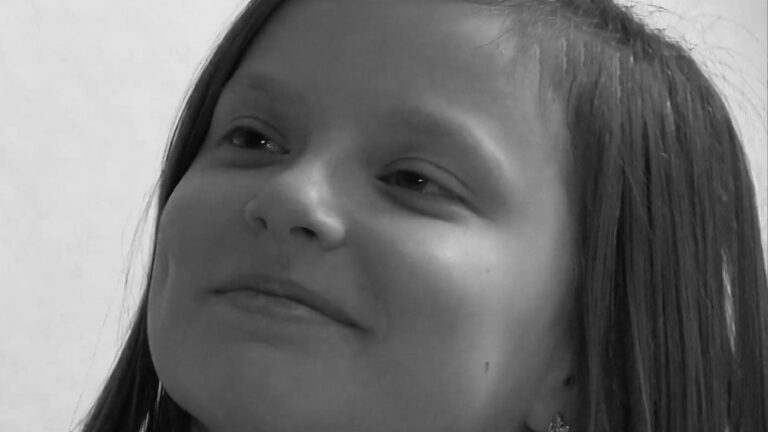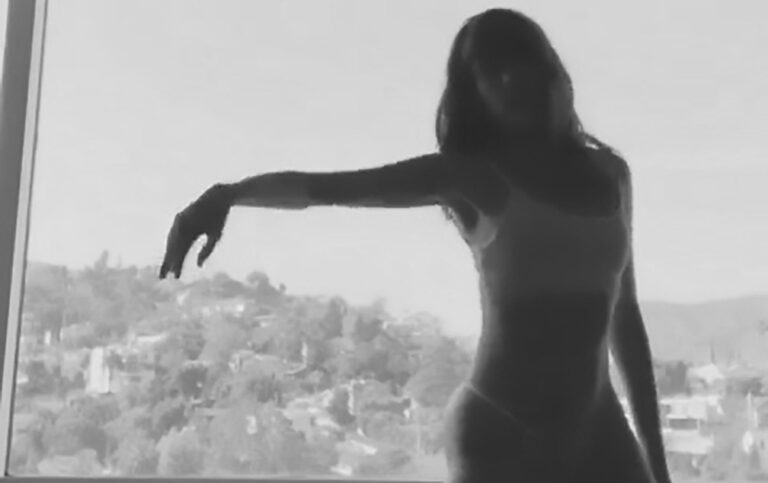A new collection of extremely rare colour portraits of ancient Egyptian mummies have been discovered painted on the newly discovered 2,000-year-old caskets of their owners.
The paintings are said to show wealthy Egyptians and Romans, who controlled the region at the time.
Despite their age, the images show faces that could be easily mistaken for paintings of people from the 21st century.
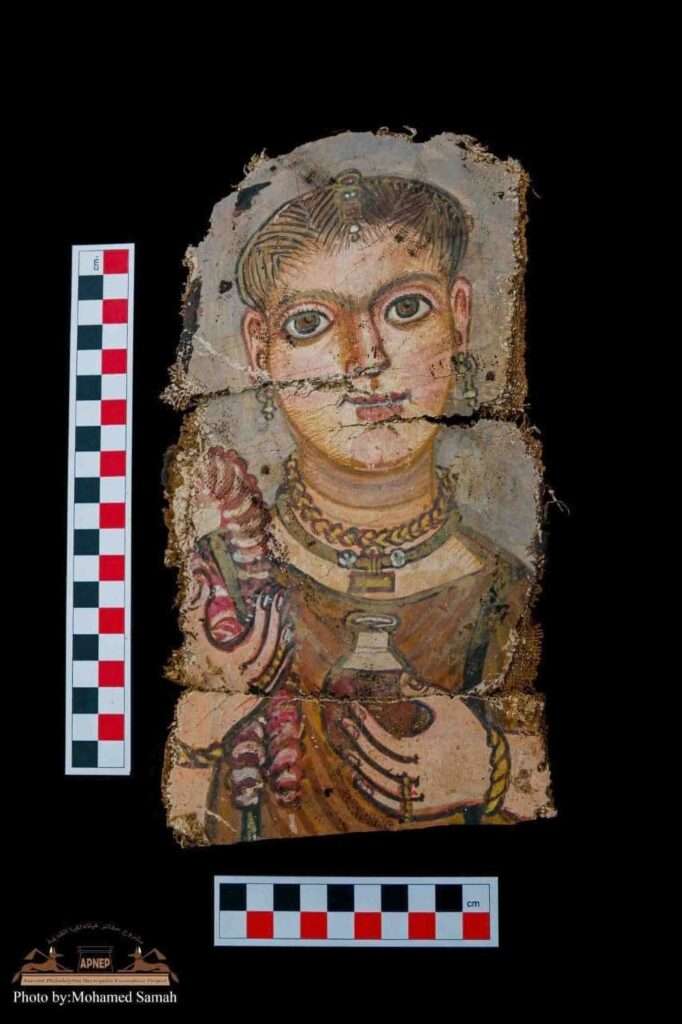
The new portraits were discovered 75 miles southwest of Cairo at an excavation site in Gerzeh in Fayoum when experts were examining the ruins of the ancient city of Philadelphia.
Hundreds of the portraits believed to show wealthy Greeks and Egyptians from an earlier era have been discovered in the past, although the last discovery was more than a hundred years ago.
Now, suddenly, more have come to light from Egypt’s past as a part of the Roman empire.
Adel Okasha, head of Egypt’s Ministry of Tourism and Antiquities, noted that the team found the portraits in a funerary house “with a floor made of colored lime mortar and decorated with interchangeable tiles.”
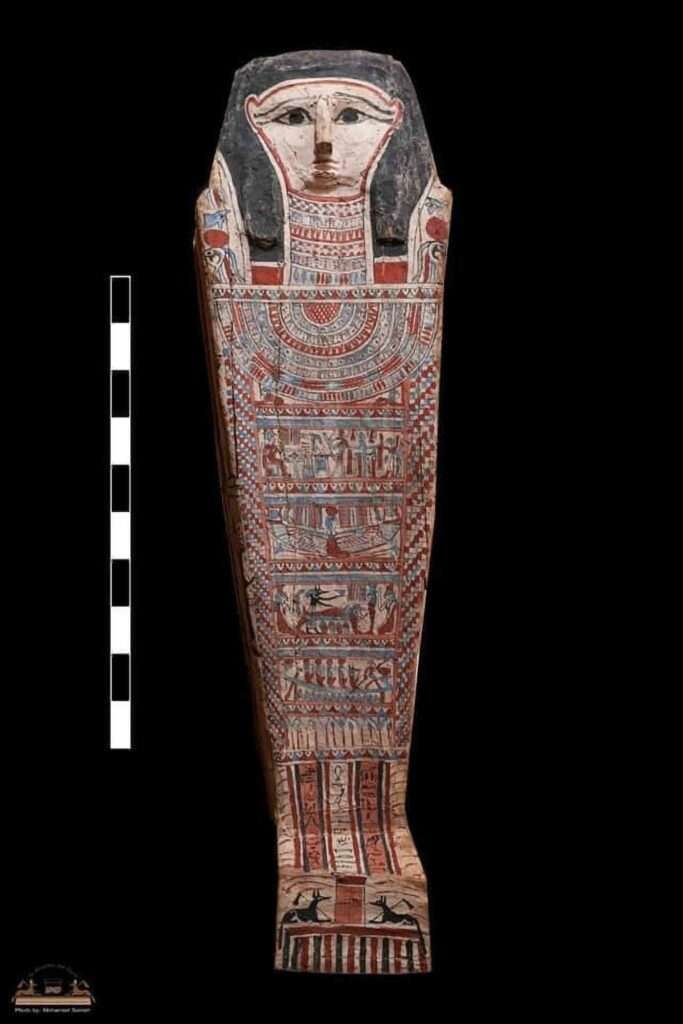
The city where they were all found was established in the third century BC and was one of the main urban regions at the heart of an agricultural reclamation project implemented by King Ptolemy II.
It was aimed at boosting food supplies to the kingdom of Egypt and the paintings are hailed as the oldest portrait paintings in the world.
Collectively they are known as the Fayoum mummy portraits and the last time similar pictures were found in the area was a 150 years ago by the British archaeologist Flinders Petrie.
Mahmoud Hamid al-Husari, a teacher of archaeology and ancient Egyptian language at the University of the New Valley, told local media: “There are so far about 900 paintings discovered in the historical cemeteries in Fayoum, and due to the dry and hot climate of
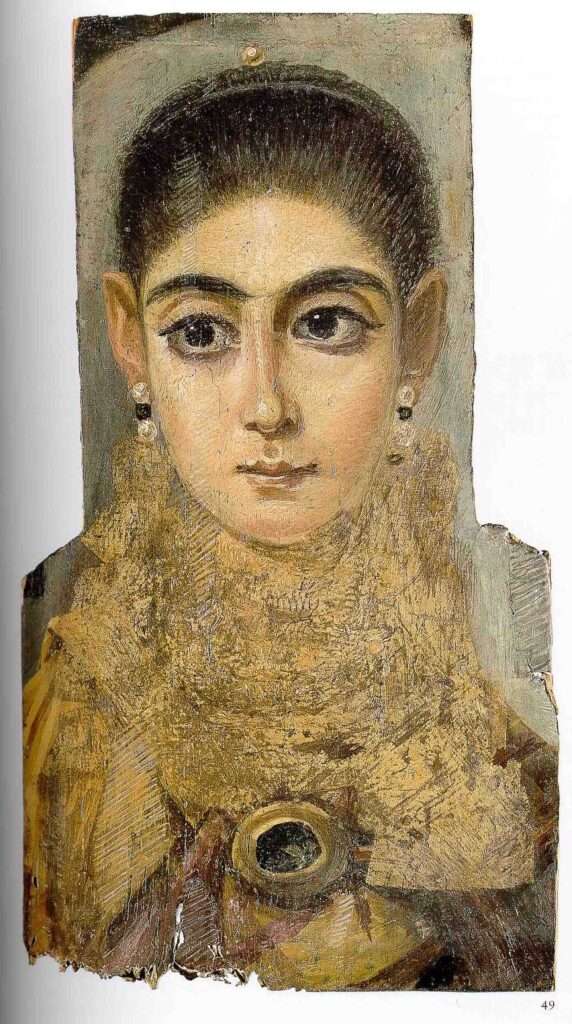
the region, the paintings have been preserved excellently, to the extent that the colors of many of them appear as if they have not dried yet, and depict a drawing of the figure of the person buried in the coffin, and the drawings tend to be Greek art.”
Although painting on wooden panels was reportedly not uncommon in the period, very few of these artworks ever survived as opposed to paintings that were made on walls, giving the current discoveries enormous significance.
As well as the portraits which date from the Ptolemaic period (305–30 B.C.) through to the Roman era (30 B.C.—390 A.D.), the researchers also found other papyrus records, pottery and more coffins.
Inside one of the wooden coffins was also a terracotta statue of the goddess Isis Aphrodite.

To find out more about the author, editor or agency that supplied this story – please click below.
Story By: Michael Leidig, Sub-Editor: Marija Stojkoska, Agency: Newsflash
The Ananova page is created by and dedicated to professional, independent freelance journalists. It is a place for us to showcase our work. When our news is sold to our media partners, we will include the link here.


